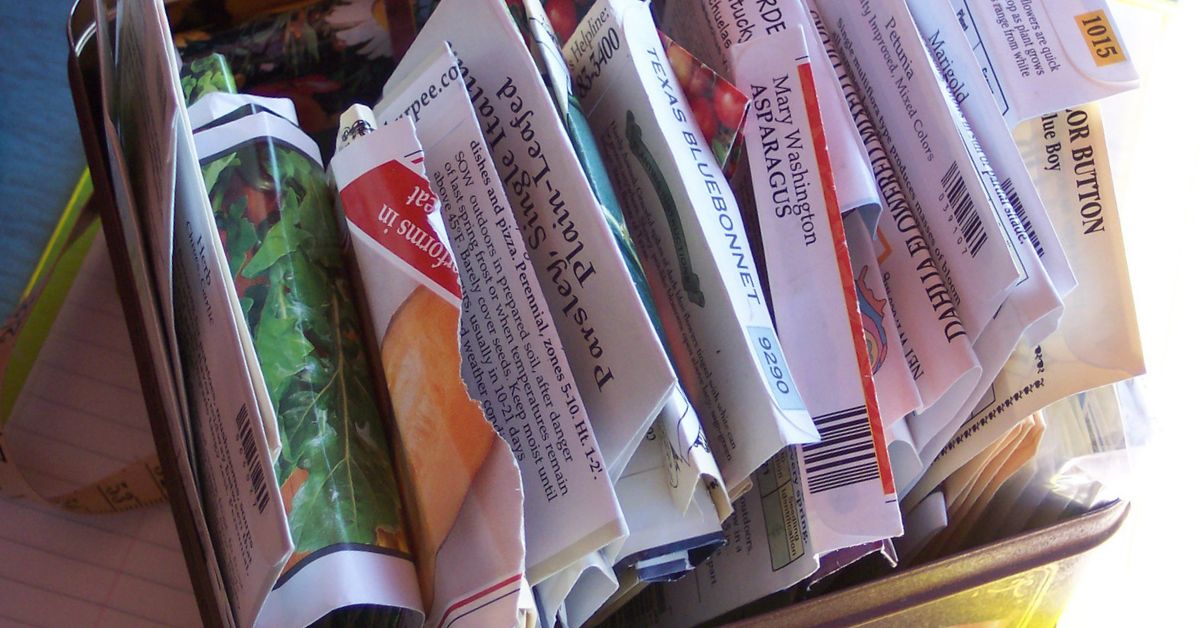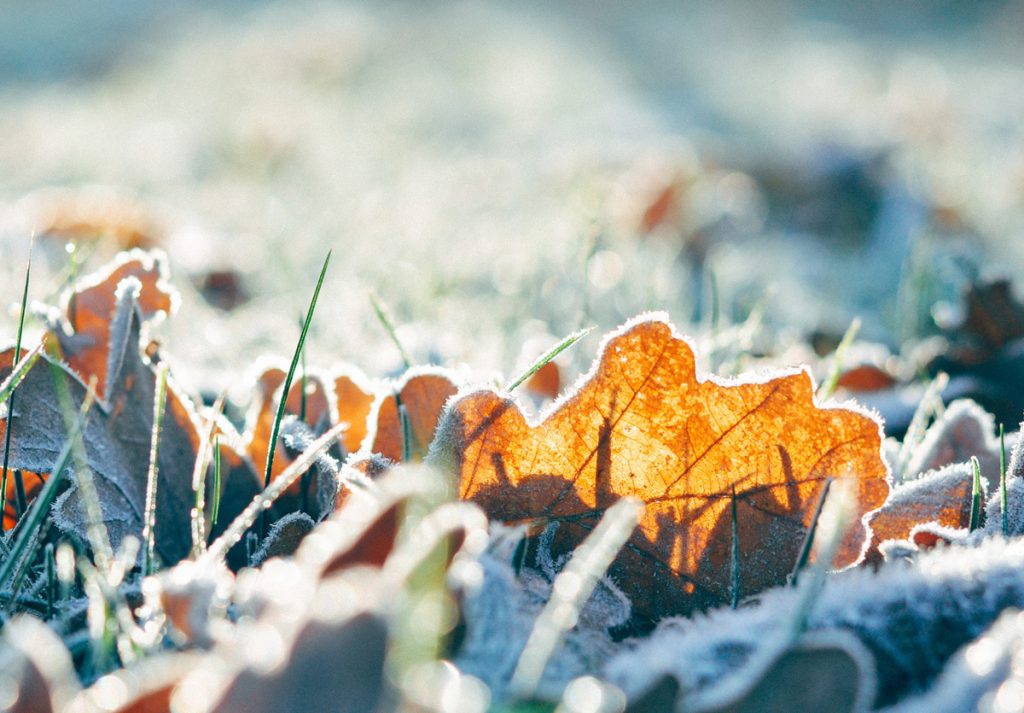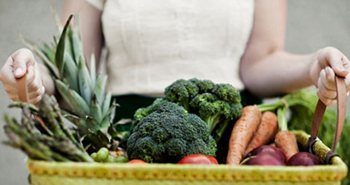Tag: ask a gardener
-

Two Methods For Testing Seed Viability
For this post in our Ask a Gardener series, Allan N. has asked us about testing seed viability: Q. I have a bunch of old seeds from years ago. Can I use them in my garden this year? How do I know if they’re still good? A. Great question! As gardeners across the country are […]
-

Ask a Gardener: finding your frost dates
This is another post in our Ask a Gardener series where you get to ask our resident experts your gardening questions. Send your questions to gardener@smartgardener.com. Becky D. asks: I don’t know my frost dates. How can I find that information? Why it’s important Gardeners need to know the date of the average last frost in […]

